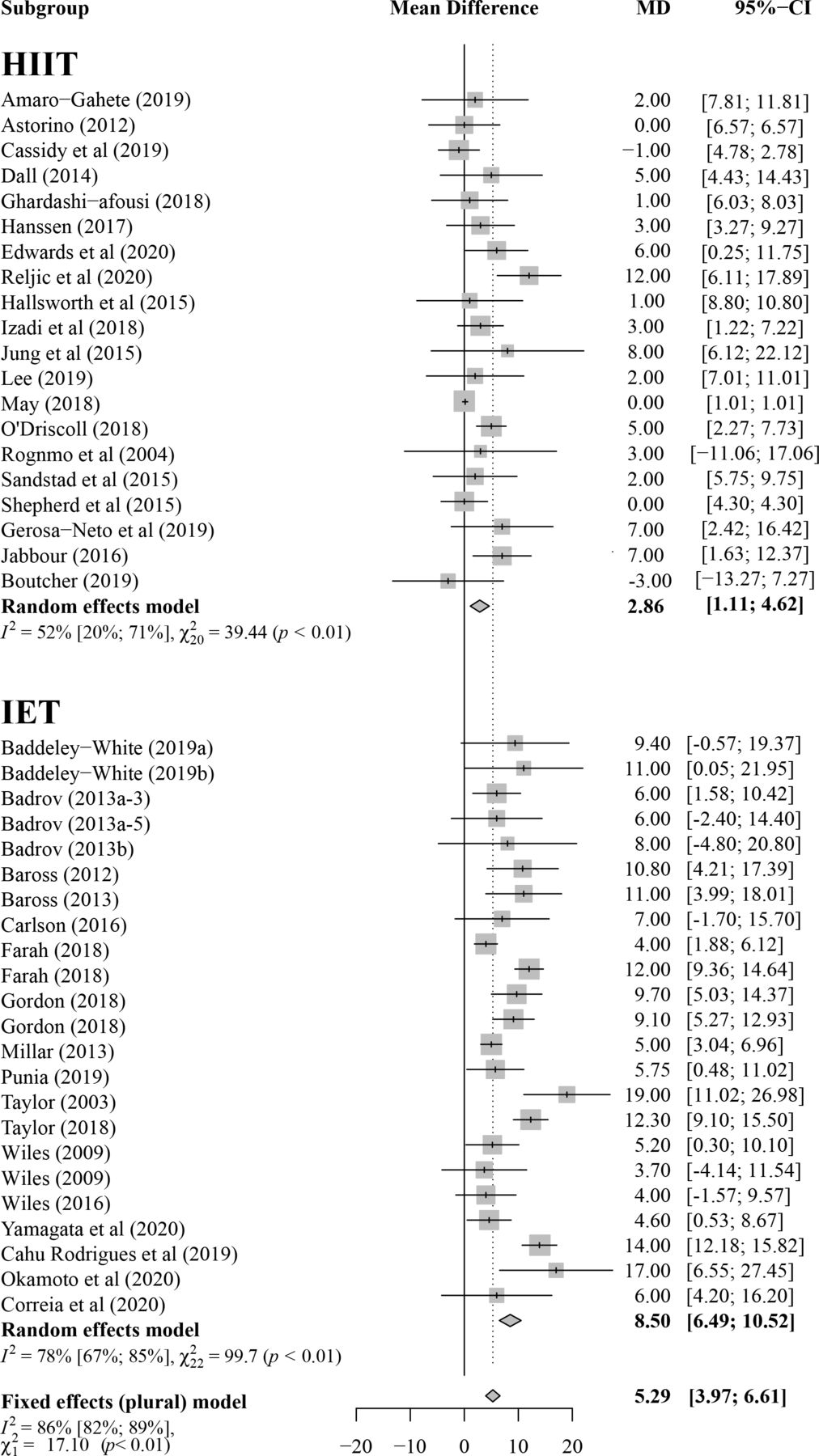Part of the BJSM #KnowledgeTranslation blog series
Original paper: Isometric exercise versus high-intensity interval training for the management of blood pressure: a systematic review and meta-analysis https://bjsm.bmj.com/content/early/2021/12/14/bjsports-2021-104642
Why is this study important?
As a leading cause of morbidity and mortality, hypertension (high blood pressure) remains a global health problem at an estimated prevalence of over 1.4 billion. Although largely effective, anti-hypertensive medication has a number of substantial limitations including adverse side effects, considerable economic strain and poor adherence rates. Additionally, current exercise guidance is unlikely to benefit long-term cardiovascular risk due to poor global adherence. Therefore, establishing novel lifestyle approaches to the management of hypertension is pivotal.

In recent years, isometric exercise training (IET) and high intensity interval training (HIIT) have emerged as convenient and highly time-efficient modes of exercise, which can produce clinically significant reductions in resting clinic and ambulatory blood pressure (BP). Thus, given the efficacy and potential for greater adoption and adherence, these novel exercise modes may have significant clinical utility in the control of arterial BP.
Despite this, no research to date has attempted to compare the anti-hypertensive efficacy of these two distinct exercise modes. Therefore, we aimed to perform independent and comparative meta-analyses to measure the efficacy of IET versus HIIT in the management of BP.
How did the study go about this?
We performed a comprehensive systematic search of all trials that have measured the effects of an IET or HIIT intervention on resting BP and heart rate. All available data was extracted, and these trials were assessed for quality and bias via the TESTEX tool. We then ran individual meta-analyses on IET and HIIT, and then statistically compared them both. We also ran additional analyses to assess for any effects of moderators such as intervention duration, study quality, medication status and hypertensive diagnosis.
What did the study find?
The systematic search identified 38 studies (18 IET and 20 HIIT), including a total of 1583 (672 IET and 911 HIIT) participants. While both modes are effective, we found that IET is significantly more effective at reducing resting BP compared to HIIT. Specifically, systolic and diastolic BP was reduced by 8.50mmHg and 4.07mmHg, respectively, following IET, and 2.86mmHg and 2.48mmHg, respectively, following HIIT. However, HIIT produced significantly greater reductions in resting heart rate (3.17bpm vs 1.34bpm). Intervention duration, medication status and hypertension diagnosis had no effect on the results.

What are the key take-home points?
These findings demonstrate that compared to HIIT, IET is the superior modality in the management of resting BP with reductions similar to, or greater than that of anti-hypertensive medication. While still highly effective in reducing resting BP, HIIT may achieve wider physiological benefits than IET, with greater reductions in resting heart rate. Therefore, the clinical implementation of IET for BP control should be considered, with HIIT likely preferred for the general maintenance of good health.
Authors and Affiliations: